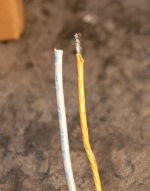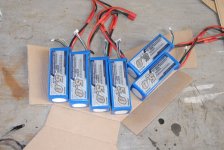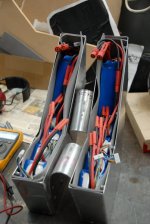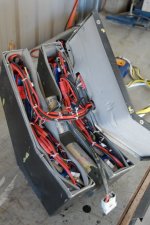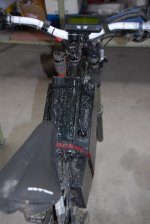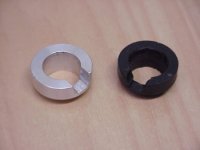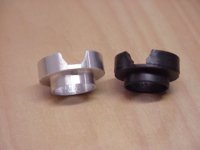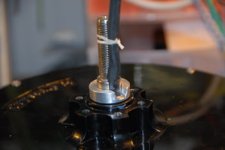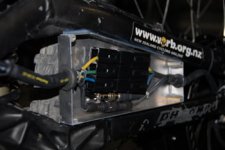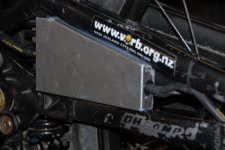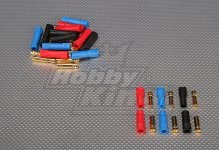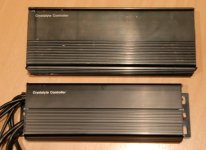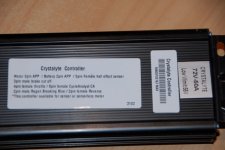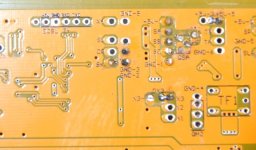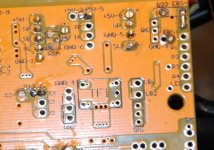madmaxNZ
10 mW
Over the last year I've built up my first ebike:
Crystalyte 72V 50A controller (running at 100V max charge)
Cytlyte H4080 motor
24s3p 5aH LiPo (88.8V nominal 15aH)
I've done about 500Km on the bike. Mostly through forest tracks.
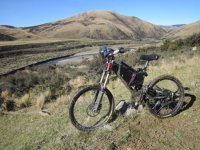
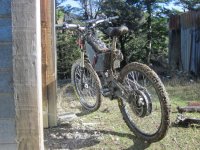
The poweris pretty impressive, and I managed to bruise my ribs in the first 5minutes of getting it going by pulling wheelies...I know it's not recommended for new batteries etc but that's where the "mad" comes in.
I quickly found that overheating was an issue on hils, so I went for the oil cooling option by tapping a 6mm thread in the side cover a little below the axel...drilling a breather hole thru the bolt and filling with INOX M3 oil up to the hole. This greatly improved cooling to a very acceptable level. The crystallyte motor came sealed well enough. I put some extra RTV sealant in the cable slot though.
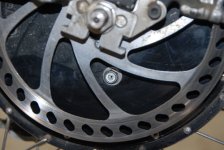
Crystalyte 72V 50A controller (running at 100V max charge)
Cytlyte H4080 motor
24s3p 5aH LiPo (88.8V nominal 15aH)
I've done about 500Km on the bike. Mostly through forest tracks.


The poweris pretty impressive, and I managed to bruise my ribs in the first 5minutes of getting it going by pulling wheelies...I know it's not recommended for new batteries etc but that's where the "mad" comes in.
I quickly found that overheating was an issue on hils, so I went for the oil cooling option by tapping a 6mm thread in the side cover a little below the axel...drilling a breather hole thru the bolt and filling with INOX M3 oil up to the hole. This greatly improved cooling to a very acceptable level. The crystallyte motor came sealed well enough. I put some extra RTV sealant in the cable slot though.




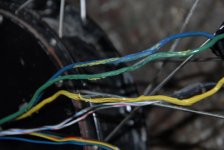
![motor-phase-wires-comp[1].jpg motor-phase-wires-comp[1].jpg](https://endless-sphere.com/sphere/data/attachments/60/60382-cb102bf3f77302123f31c9ddc4e9da12.jpg)
